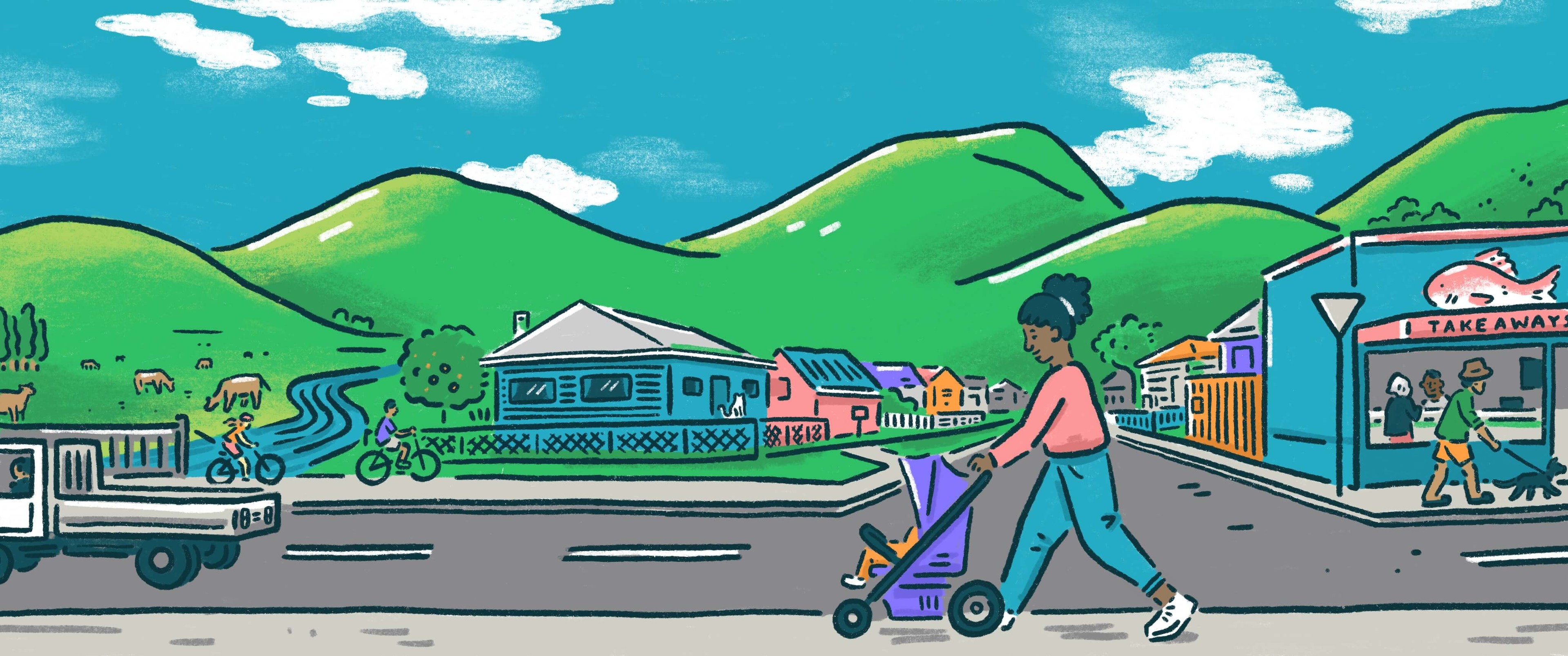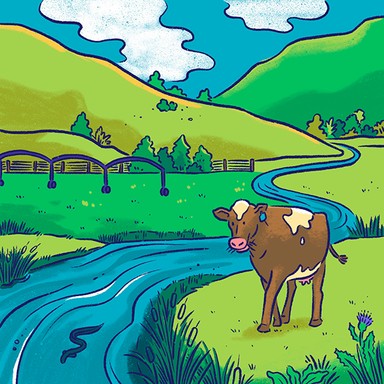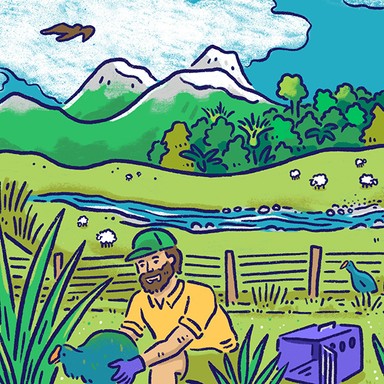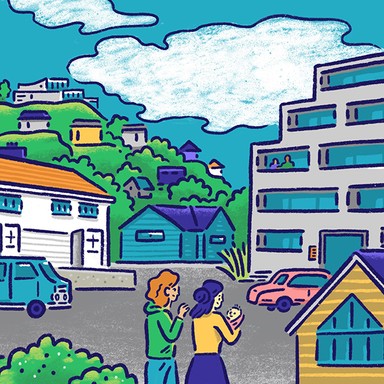
Gisborne District Council

Freshwater
The worsening state of New Zealand’s lakes and rivers is a major challenge for regional councils, which play a leading role in managing freshwater in their areas. To this end, regional councils create plans to protect water resources from contaminants and overuse.

Freshwater
The worsening state of New Zealand’s lakes and rivers is a major challenge for regional councils, which play a leading role in managing freshwater in their areas. To this end, regional councils create plans to protect water resources from contaminants and overuse.
Council will develop a partnership program with Kura-Schools to adopt their awa and develop their own restoration plan.
Council consenting of water usage is sustainable and equitable to all those associated to the areas of water source.
Aim for all rivers to be swimmable by 2025.
Restore all riparian areas and water sources with perpetual native forests to protect and improve water quality, including quality fencing.
Prioritise irrigation for food production and not golf courses and swimming pools.
Mitigate the forestry industry at the resource consent stage, by not planting pine adjacent riparian areas causing devastation at harvest.
Work with local iwi/hapū/hāpori to re-establish thriving freshwater environs throughout the Tairāwhiti.
Support industry that commits to improving the quality of freshwater throughout the Tairāwhiti.
Investigate and mitigate the effects of present and past community waste disposal sites on neighbouring waterways.
Work collaboratively across all council, community and iwi waterways initiatives sharing, resources training and support.
Implement land usage rates classifications: in this case for waterways as incentive to encourage whānau and farmers to fence and riparian plant.
Aim for all creeks in the ward to be safe to drink by 2052.
Aim for all rivers to be of acceptable freshwater quality by 2052.
Ensure all irrigation in the ward is fairly shared amongst users and is sustainable.
Review the current allocation of water and irrigation to better consider Māori land owners, particularly on the Poverty Bay flats.
Consider how rural whānau who are not on town supply access and store water
Council will develop a partnership program with Kura-Schools to adopt their awa and develop their own restoration plan.
Council consenting of water usage is sustainable and equitable to all those associated to the areas of water source.
Aim for all rivers to be swimmable by 2025.
Restore all riparian areas and water sources with perpetual native forests to protect and improve water quality, including quality fencing.
Prioritise irrigation for food production and not golf courses and swimming pools.
Mitigate the forestry industry at the resource consent stage, by not planting pine adjacent riparian areas causing devastation at harvest.
Work with local iwi/hapū/hāpori to re-establish thriving freshwater environs throughout the Tairāwhiti.
Support industry that commits to improving the quality of freshwater throughout the Tairāwhiti.
Investigate and mitigate the effects of present and past community waste disposal sites on neighbouring waterways.
Work collaboratively across all council, community and iwi waterways initiatives sharing, resources training and support.
Implement land usage rates classifications: in this case for waterways as incentive to encourage whānau and farmers to fence and riparian plant.
Aim for all creeks in the ward to be safe to drink by 2052.
Aim for all rivers to be of acceptable freshwater quality by 2052.
Ensure all irrigation in the ward is fairly shared amongst users and is sustainable.
Review the current allocation of water and irrigation to better consider Māori land owners, particularly on the Poverty Bay flats.
Consider how rural whānau who are not on town supply access and store water
Mayor
Compare the mayoral candidates in your area
Local council
Compare the candidates for your city or district council
Regional council
Compare the candidates for your regional council
Local board
Compare the candidates for your local or community board








